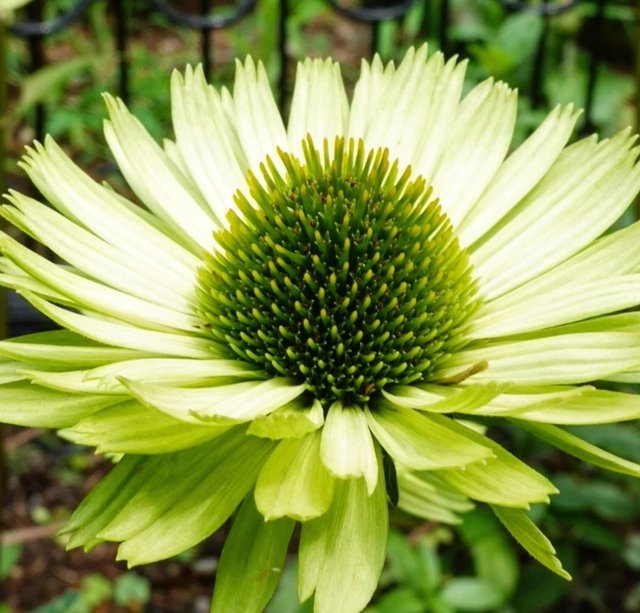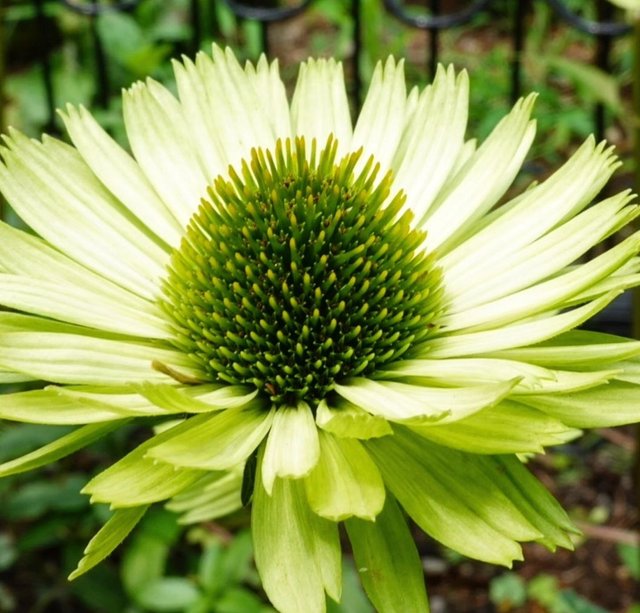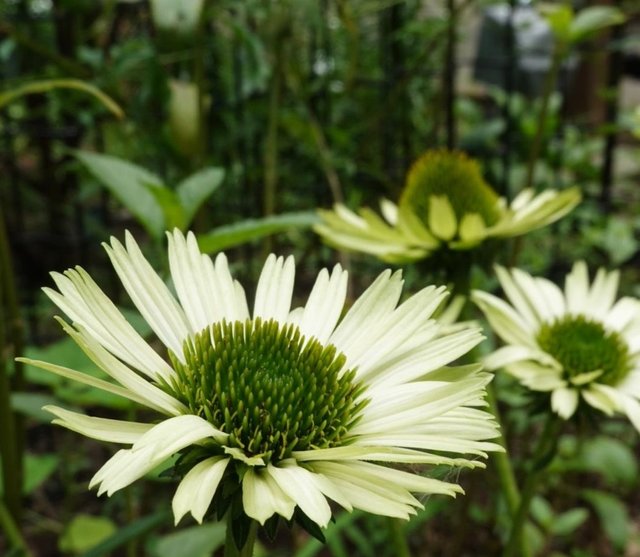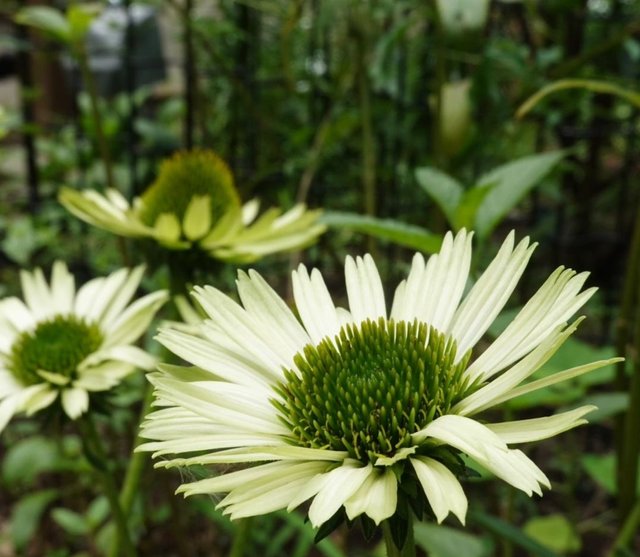Amazing Green Colour Purple Coneflower
The purple coneflower, scientifically known as Echinacea purpurea, is a striking perennial plant native to North America. This hardy plant, famous for its vibrant pinkish-purple petals and prominent, spiky central cone, is a favorite in gardens and landscapes across the globe. Its appeal goes beyond just its visual beauty, as it is also renowned for its medicinal properties and role in supporting pollinator populations.
Botanical Characteristics
Appearance
The purple coneflower is easily recognizable by its large, daisy-like flowers that typically bloom from early summer to late fall. The flower's petals, which can range from light pink to deep purple, droop slightly downward, drawing attention to the prominent, orange-brown central cone. This cone, composed of numerous tiny spines, is not only visually distinctive but also serves as a rich source of seeds for birds, particularly finches, during the late summer and fall.
Growth Habits
This plant is incredibly resilient, thriving in USDA hardiness zones 3 through 9. It typically reaches heights of 2 to 4 feet, with a spread of about 1 to 2 feet, making it a perfect choice for garden borders or as a standalone feature. Purple coneflowers prefer full sun but can tolerate partial shade, and they are well-suited to a variety of soil types, including clay, loam, and sandy soils. They are drought-tolerant once established, which makes them an excellent choice for xeriscaping or low-water gardens.
Reproduction
Purple coneflowers reproduce through both seeds and rhizomes, allowing them to spread and establish colonies over time. The seeds are easily collected after the blooming season and can be sown directly into the soil in either late fall or early spring. These seeds require a period of cold stratification, mimicking winter conditions, to germinate successfully.
Ecological Importance
Purple coneflowers play a crucial role in supporting local ecosystems, particularly in their native habitats. Their bright flowers attract a wide range of pollinators, including bees, butterflies, and other beneficial insects. The nectar-rich flowers are particularly favored by species like the monarch butterfly and the bumblebee, both of which have seen declining populations in recent years. By planting purple coneflowers, gardeners can help provide essential food sources for these pollinators.




